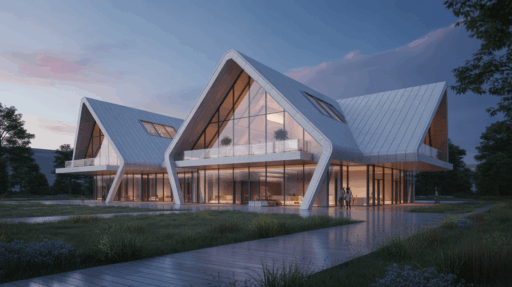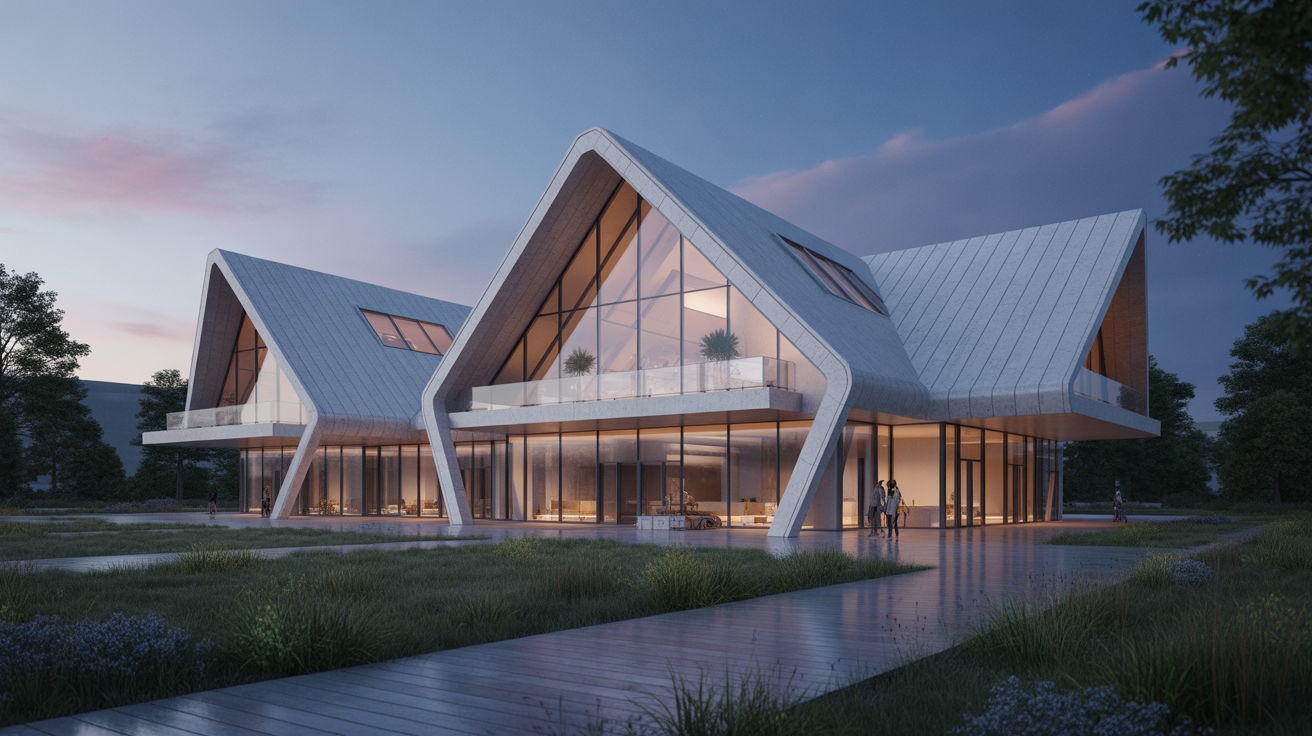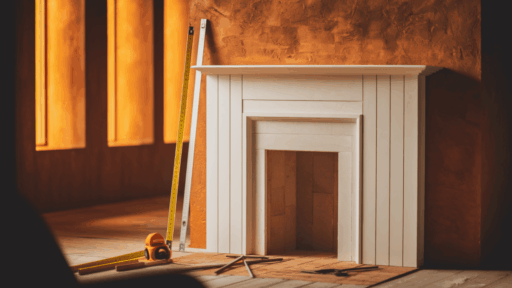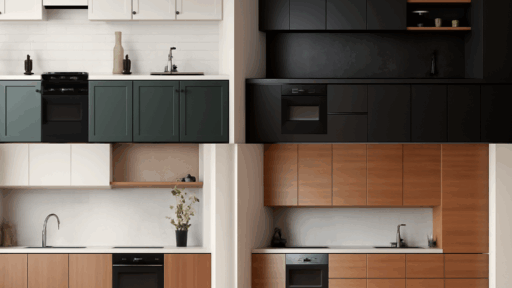Every year brings fresh ideas and innovations to the world of architecture, and 2025 is shaping up to be a landmark year for design. As society evolves, so do our homes, workplaces, and public spaces. Today’s designers are merging cutting-edge technology with human-centered principles to redefine what modern living looks like.
From sustainable building materials to seamless indoor-outdoor living, the trends emerging this year are pushing boundaries while staying grounded in livability. But beyond the aesthetics, contemporary architecture in 2025 is focused on purpose: how spaces function, how they impact well-being, and how they shape the way we live and connect.
The Evolving Nature of Contemporary Design
To understand what’s coming next, it’s helpful to answer a foundational question: what is architecture in today’s world? It’s no longer just about building structures—it’s about crafting experiences, supporting lifestyles, and addressing the social and environmental demands of our time.
The driving force behind these changes is contemporary architecture style. While it continues to embrace clean lines, open floor plans, and natural materials, it’s now expanding into more diverse and personalized territory. In 2025, homeowners and designers alike are embracing flexibility, modularity, and character—often within the same project.
Key Trends Defining Contemporary Architecture in 2025

Let’s explore the top innovations and ideas guiding contemporary architecture this year:
1. Nature-Integrated Living
Blurring the lines between indoors and outdoors has become a hallmark of contemporary style architecture, and in 2025, this connection is deeper than ever. Expect to see expansive glass walls, retractable doors, and courtyards that extend living space into the natural environment.
Designers are using biophilic principles to incorporate greenery, natural textures, and organic forms into everyday architectural spaces. It’s not just about aesthetics—it’s about promoting calm, comfort, and mental wellness.
2. Personalization Through Flexible Design
No two families live the same way—and in 2025, contemporary architects are responding with layouts that adapt to unique needs. Custom floor plans, multipurpose rooms, and movable partitions are allowing homeowners to tailor their spaces for work, leisure, and everything in between.
This evolution is especially evident in the rise of the contemporary architecture house, where personalization doesn’t sacrifice simplicity or style.
3. Sustainable and Smart Materials
As environmental consciousness grows, architectural innovation is following suit. 2025 brings exciting new building materials made from recycled, renewable, or carbon-neutral sources. From hempcrete and bamboo to energy-efficient glazing and solar-integrated panels, sustainability is no longer optional—it’s expected.
Additionally, smart systems that manage energy, lighting, and temperature are now seamlessly integrated into the architecture itself, reducing energy costs and enhancing everyday living.
4. Statement Geometry and Curves
While minimalism still plays a key role in contemporary architecture, bold shapes and expressive structures are making a comeback. Expect to see more sculptural elements, asymmetrical forms, and unexpected curves—especially in exterior façades and interior walls.
This aesthetic shift reflects a desire for design that feels personal, organic, and emotionally resonant—an antidote to overly sterile modernism.
Spotlight on Residential Design
One of the most exciting areas of evolution is contemporary residential architecture. From compact urban dwellings to expansive retreats, these homes prioritize efficiency, wellness, and beauty in equal measure.
Contemporary residential architects are increasingly focused on passive design strategies that reduce environmental impact while enhancing comfort. Think cross-ventilation, natural daylighting, and thermal mass—all designed into the blueprint of the home.
The contemporary architecture house of 2025 might feature a green roof, a solar battery wall, or even a modular extension that can be reconfigured as family needs change.
The Role of Contemporary Architects
Today’s contemporary architects wear many hats: visionary, problem-solver, sustainability advocate, and technologist. They must balance client desires with environmental responsibility, and aesthetics with functionality.
This year, collaboration is more important than ever. Architects are working closely with engineers, interior designers, and even behavioral scientists to create spaces that respond to how people truly live—not just how they look in a portfolio.
What’s Ahead for Architecture?
So, what is architecture becoming in 2025? It’s evolving into a discipline that reflects life itself—complex, dynamic, and deeply human. Gone are the days of one-size-fits-all design. The most exciting projects happening now are the ones that tell a story, solve a problem, or spark a feeling.
Whether you’re building a new contemporary architecture house, renovating an existing space, or just exploring what’s possible, there’s never been a more inspiring time to engage with the built world.
Final Thoughts
The future of contemporary architecture is grounded in possibility. It’s not just about following trends—it’s about designing with clarity, care, and creativity. As we move further into 2025, the best architecture will be the kind that responds to the moment while still looking ahead.








